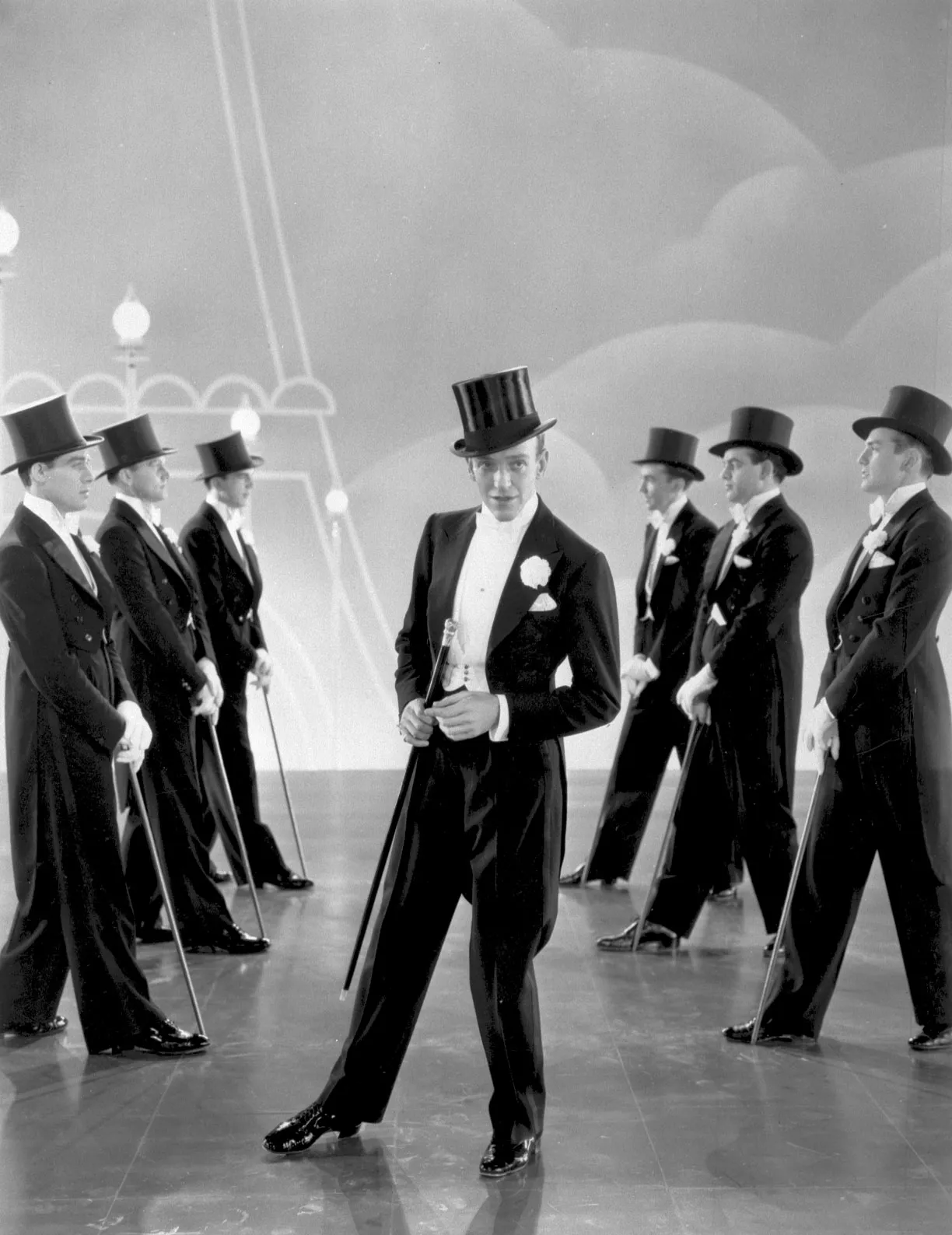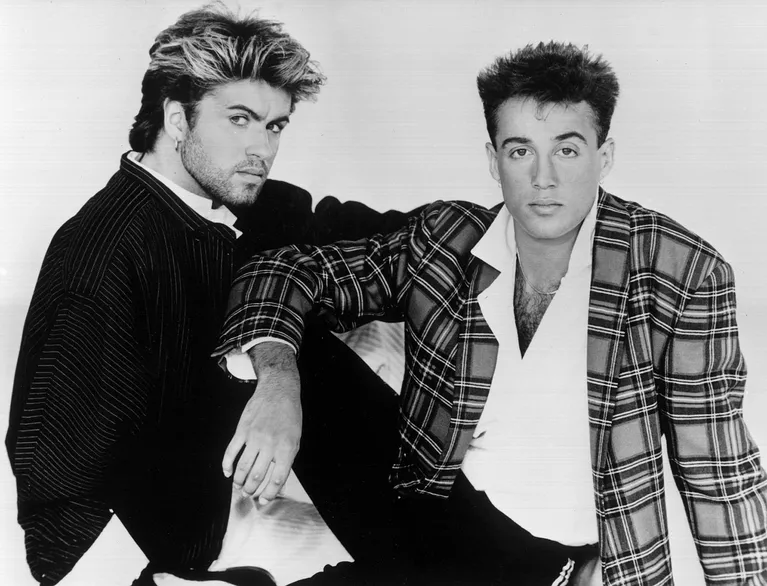
A necktie, or simply a tie, is a piece of cloth worn for decorative purposes around the neck, resting under the shirt collar and knotted at the throat, and often draped down the chest.
Variants include the ascot, bow, bolo, zipper tie, cravat, and knit. The modern necktie, ascot, and bow tie are descended from the cravat. Neckties are generally unsized but may be available in a longer size. In some cultures, men and boys wear neckties as part of office attire or formal wear. Women wear them less often. Neckties can also be part of a uniform. Neckties are traditionally worn with the top shirt button fastened, and the tie knot resting between the collar points.

A tailcoat is a knee-length coat characterised by a rear section of the skirt, known as the tails, with the front of the skirt cut away.
The tailcoat shares its historical origins in clothes cut for convenient horse riding in the Early Modern era. Ever since the 18th century, however, tailcoats evolved into general forms of day and evening formal wear, in parallel to how the lounge suit succeeded the frock coat (19th century) and the justacorps (18th century).
Thus, in 21st-century Western dress codes for men, mainly two types of tailcoats have survived:
Dress coat, an evening wear with a squarely cut away front, worn for formal white tie
Morning coat (or cutaway in American English), a day wear with a gradually tapered front cut away, worn for formal morning dress
In colloquial language without further specification, "tailcoat" typically designates the former, that is the evening dress coat for white tie.





























